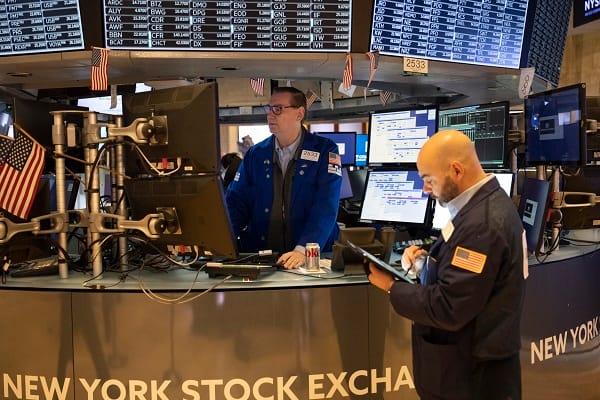Since July, USDCNH has been on a downward trend, hitting 7.07 at one point—the lowest level since late May 2023.
This is primarily driven by the anticipation of the Fed entering an easing cycle, with a broad USD selloff.
However, it feels as though we have hit and inflection point and a re-assessment around the longevity of the USD sell-down and, in my view, the appreciation of offshore yuan (CNH) is unlikely to be sustainable.
On one hand, over the past three years, Chinese authorities have passively absorbed the external tightening environment to ensure exchange rate stability, aiming for real interest rate convergence between the US and China.
While the Fed’s rate cuts provide the PBoC with more policy room, I think the PBoC’s recent purchase of 400 billion yuan in special bonds, leading to lower bond market rates, could undermine the CNH’s strength despite the liquidity injection being a boon for risk markets.
At the same time, despite a range of targeted stimulus measures, China’s economy continues to show signs of slowing down. The property sector is languishing, with the top 100 property developers seeing a 27% year-on-year drop in new home sales in August. This has led to a sharp decline in land sale revenues, putting local governments under fiscal strain. Moreover, with youth unemployment stubbornly high and domestic demand weak, I believe further policy easing and stimulus are essential to achieve the 5% GDP growth target. This suggests to me that any relief in USDCNH at low levels will likely be short-lived.
On the other hand, while China has reduced the cost of capital for households and businesses aside, it’s the Fed side of the equation that , I would still expect the USDCNH to rise. In this scenario, an initial appreciation of the yuan might prompt exporters, who’ve been holding onto their dollars, to convert them, selling off USD. Commercial banks would likely follow suit, converting their dollars to yuan. This would lead to passive easing, with the central bank buying dollars and selling yuan. Considering that as of July 2024, half of the central bank’s balance sheet assets were in foreign exchange, I think we could see a mean reversion in the USDCNH, although this process might take longer than in the first scenario.
Friday’s US nonfarm payroll report presents a short-term risk to the exchange rate. If the job gains are below 130k and the unemployment rate stays at 4.3%, fears around the labour market and the repricing in swaps towards a 50bp cut could push the USDCNH to retest the recent low of 7.07. Otherwise, I expect the USDCNH to continue its upward trajectory, with 7.18 to 7.2 being levels to watch closely.

